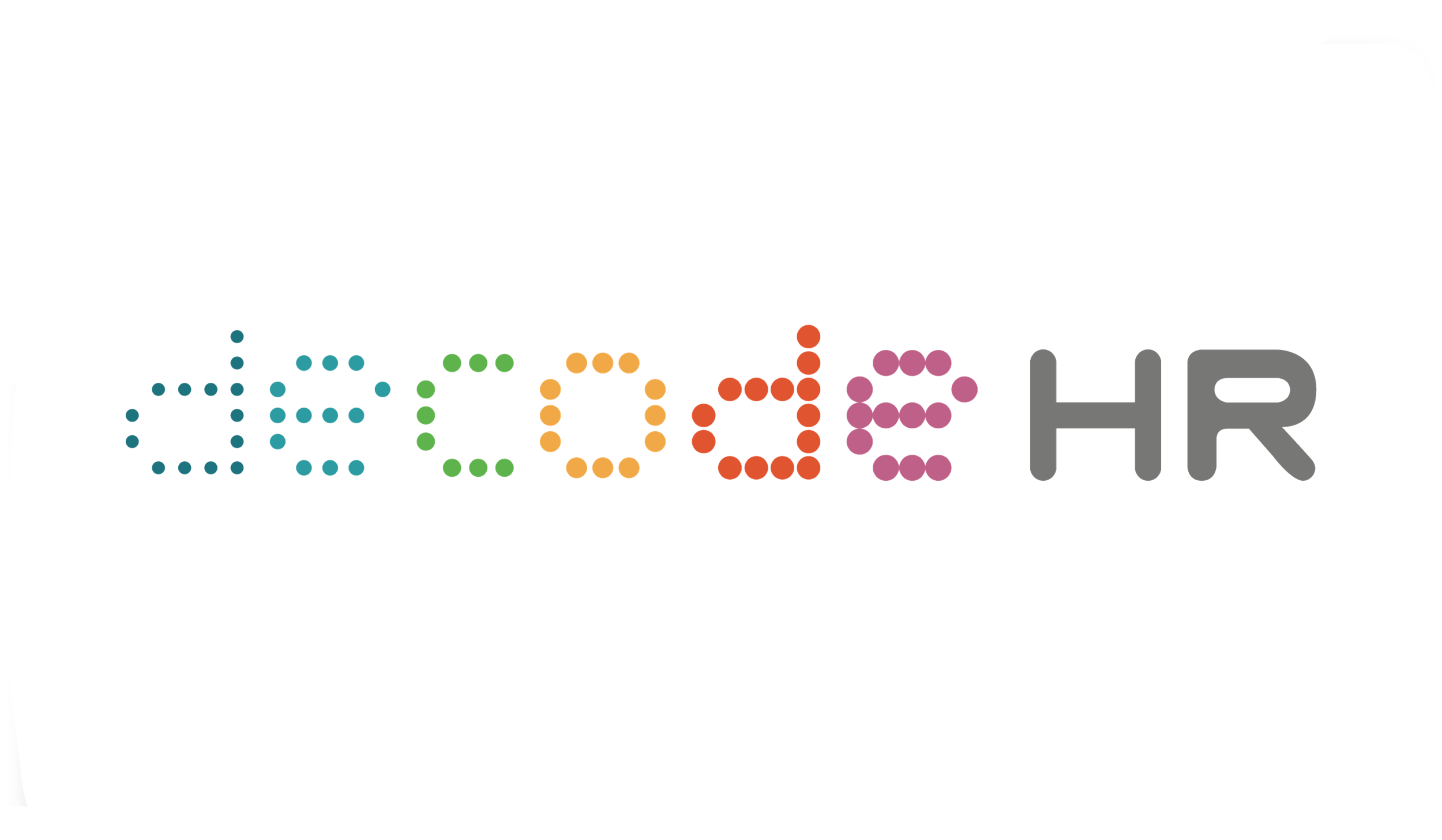Leading the Way with a Multi-Abled Workforce
Reading time: 5 mins
Photo: Freepik
In today's rapidly evolving workplaces, nurturing environments that champion diversity and inclusivity is not just a moral imperative but also a very sensible business decision. Developing a multi-abled workforce enables an organisation to be considerably more sustainable talent-wise, but getting there requires an in-depth understanding of what is required to educate and equip the entire workforce, not just the leaders – it’s a collective effort.
To delve deeper into this topic, we spoke with Jacqueline Woo, a corporate communications professional with lived experience navigating the workplace as a person with disabilities. We also asked Himanshu Tambe, a seasoned management and tech consultant with extensive experience across various industries, to share his personal experience.
Jacqueline Woo, who is currently working full-time, faces challenges with mobility and verbal communication. As a wheelchair user, getting from one place to another can be tough. She needs basic access requirements and transport provisions to facilitate her participation in workplace activities. With things often happening on the ground instead of virtually, this puts her at a disadvantage.
Communication barriers further compound the challenges she faces. For instance, the time constraints and limited communication options of online chats during virtual events may make it difficult for her to seek clarifications effectively.
“In our fast-paced society, people may not have the luxury of time to wait for me to type out my responses, especially since typing takes much longer than verbalisation. Some also assume I’m unable to communicate verbally entirely and avoid speaking directly to me,” Jacqueline adds.
Photo: Freepik
Despite these obstacles, Jacqueline appreciates the support she receives from colleagues and employers, such as frequently communicating with her via emails or texts and having the flexibility to attend meetings online.
Jacqueline believes that the transformation of mindsets is key to creating more inclusive workplaces. Societal attitudes sometimes lead to discrimination or limited opportunities for differently-abled individuals, and this can be a greater stumbling block to inclusion than the lack of infrastructure.
She encourages seeking support from organisations like SG Enable, attending workshops to learn how to be cross-disability ready at the workplace, such as choosing barrier-free and universal design options, as well as providing a variety of communication modes.
Jacqueline's advice for differently-abled individuals entering the workforce underscores resilience and perseverance. She says, “It may not be smooth sailing at first, but keep at it till you find something suitable, as society progresses with mindsets on disability. Ultimately, what we all yearn to see is the chance for each of us to reach our fullest purpose in life.”
Some employers and managers are already leading the way in creating a more fair and inclusive workplace.
Himanshu Tambe, a seasoned management and tech consultant, shares his experiences in fostering workplace inclusivity.
Himanshu, whose career spans three decades across various sectors in Singapore, ASEAN, the US, Korea, China, and India, believes in the importance of open communication and cultivating a culture of understanding and inclusivity.
Himanshu candidly shares that he was initially unaware of an employee’s ADHD condition until the individual disclosed it. Once aware, Himanshu focused on leveraging the employee's strengths through job crafting, allowing him to pivot to a role aligning with his deep design capabilities instead of a role requiring intensive client management.
Key challenges included creating a safe space for open communication and encouraging unconditional acceptance among the team.
Himanshu addressed these challenges through three key strategies. Firstly, he encouraged vulnerability by promoting a culture where seeking help on unfamiliar topics and apologising for mistakes were normalised. Secondly, he championed transparency by engaging in joint planning and openly sharing information. Lastly, he established trust by ensuring that credit was shared with the team, while he, as the leader, took responsibility for any mistakes.
“Initially, the team responded with disbelief, followed by scepticism, then tolerance, and finally acceptance,” says Himanshu. They questioned some decisions, but he explained his reasoning. Through open discussions, they debated and made adjustments to meetings, templates, and methods, leading to a more inclusive and effective team dynamic.
In managing and communicating with the employee, Himanshu emphasised two pivotal strategies: job crafting and providing honest, actionable feedback. While formal training for the team wasn't provided, Himanshu advocated for open dialogue to destigmatise ADHD and foster inclusivity.
Looking ahead, both Himanshu and Jacqueline envision workplaces becoming more inclusive and supportive. Himanshu emphasises the need for individualised approaches and avoiding the objectification of conditions like ADHD. “Don’t do as I did,” he says. “Find your own hacks and involve the individual in developing these hacks.”
It is a journey that takes time and commitment, but as Jacqueline points out, “It takes a village to push for inclusion. If we can be multi-racial and multi-cultural, why not multi-abled?”
Photo: Freepik
By embracing diversity, fostering open dialogue, and accommodating diverse needs, organisations can not only create more equitable environments but also unlock the full potential of their workforce.
This article is part of our ongoing series focused on fostering fairness and inclusivity in Singaporean workplaces. Listen to the latest episode of our “Fair or Not?” podcast, where we talk to Moonlake Lee, founder of Unlocking ADHD, to see how we can create inclusive workplaces for the neurodivergent community.
If you would like to know more about WFL and what to expect, read Workplace Fairness Legislation Explained.









